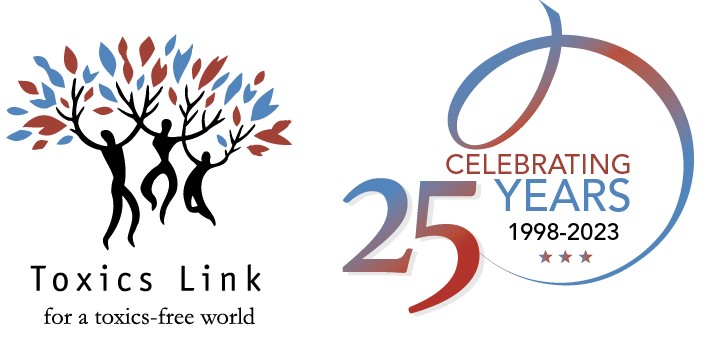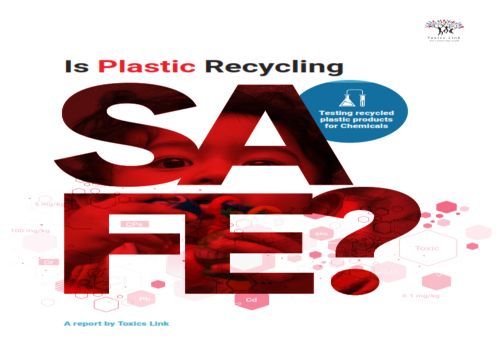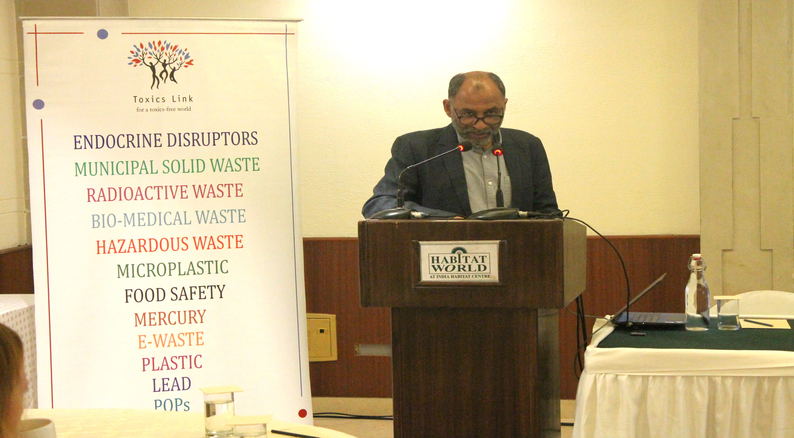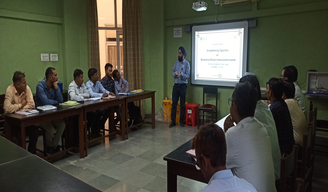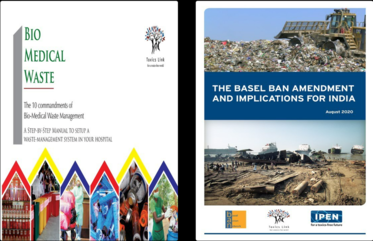Our neighborhoods are at great risk of being permanently damaged by toxins from e-waste. The report “Impact of E-waste Recycling on Water and Soil” reveals toxic elements such as mercury, lead, zinc, etc., along with acids and chemicals released during e-waste recycling, are contaminating soil and water in the surrounding areas. The report – based upon lab testing of soil and water samples from Loni and Mandoli areas of Delhi’s National Capital Territory – found both water and soil to be contaminated with heavy metals and other contaminants.
Major finding of the report
Mandoli
- Water Quality:
- The lead level observed in sample no. 1 (0.52 mg/l) was almost 11 times higher than desirable limit of Indian standards (0.05ppm).
- The mercury level observed in sample no. 3 (0.71 mg/l) was almost 710 times higher than desirable limit of Indian standards (0.001 ppm).
- Soil Quality:
- The lead levels varied from 35.17 to 3,836 ppm. The highest lead level was almost 102 times higher than the control sample.
- The mercury levels varied from <1.0 to 8.71 ppm; 78 per cent samples were found to have high mercury levels.
- The zinc levels in all samples varied from 1,148.04 to 6,258.72 ppm; 100 per cent of the samples were found with very high zinc levels as compared with the control sample (1,119.45 ppm).
Loni
- Water Quality:
- The observed turbidity level varied from <1.0 to 9.5 mg/l. All locations were within the desirable limit of Indian standards (10 NTU) for turbidity.
- The mercury level observed in sample no. 6 (0.02 mg/l) was almost 20 times higher than the desirable limit of Indian standards (0.001 ppm).
- Soil Quality:
- The lead levels varied from 95.74 to 4778 ppm. The highest lead level was almost 147 times higher than the control sample.
- The cadmium levels varied from <0.1 to 5.4 ppm; 27 per cent of soil samples, that is, three samples (sample nos 5, 9 and 11) were found with high cadmium levels.
- The nickel levels varied from 13.38 to 57.62 ppm; around 82 per cent of the samples recorded high values as compared to the control sample (18.65 ppm).
- Mercury levels varied from 0.01 to 2.69 ppm. The highest mercury level was almost 7 times higher than the control sample.
- The zinc levels varied from 95.6 to 688.36 ppm. The highest zinc level was almost 6 times higher than the control sample.
